১৮ পৌষ ১৪৩২
UAE Gold Exports Exceed $53 Billion in 2024-25
04 July 2025 01:07 AM
NEWS DESK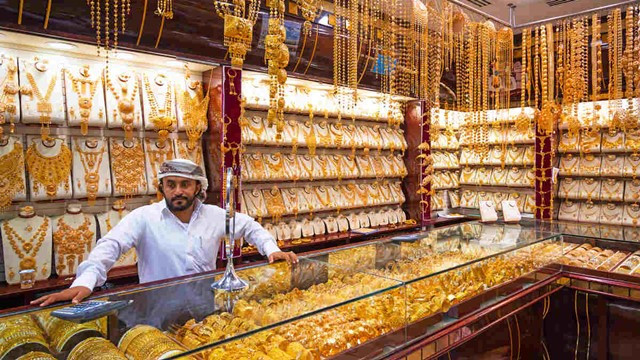
The world can’t get enough of UAE gold, and the numbers prove it. The UAE exported a staggering $53.41 billion worth of gold in 2024–25, solidifying its position among the world’s top gold-exporting nations. That’s according to TradeImex, a global trade data analytics platform.
With a strategic location bridging Asia, Africa, and Europe, the UAE continues to be a global hub for gold trade-not just for tourists and shoppers in Dubai’s glittering souks, but also for major international buyers snapping up billions of dollars worth of the precious metal each year.
The UAE’s gold exports come in many forms, with gold bars leading the pack. In 2023, gold bar exports were valued at $5.8 billion, followed by gold coins at $4.7 billion, jewellery at $3.8 billion, and gold dust at $2.71 billion.
Other exports included gold nuggets ($1.86 billion), gold scrap ($1.57 billion), bullion ($1 billion), gold plating ($900 million), gold leaf ($800 million), and gold brooches ($700 million) - all figures according to UAE Export Data published by TradeImex.
Who’s buying all this UAE gold?
According to country-level import data reviewed by TradeImex, the UAE’s gold exports were most heavily concentrated among ten major trade partners:
Switzerland topped the list, importing $4.76 billion worth of UAE gold in 2023. The top products shipped included gold bars, jewellery-grade gold, gold flakes, industrial-grade gold, and gold powder.
The United Kingdom was next, purchasing $3.65 billion in gold, primarily in the form of gold nuggets, bullion, coins, brooches, and bangles.
India, long a cultural and economic partner in gold trade, imported $2.87 billion worth of gold from the UAE, with a focus on gold-plated items, coated utensils, and gold-alloyed products like gold-silver and gold-platinum.
Hong Kong followed with $2.45 billion in UAE gold imports, especially certified jewellery, gold-plated electronics, ornamental frames, and statues.
Turkeye bought $1.86 billion worth, with demand focused on different shades of gold such as yellow, white, rose, and black gold, as well as coins.
Rounding out the top ten were:
Singapore ($1.84 billion), mainly for engraved and filigree jewellery and various gold alloys.
Kuwait ($1.5 billion), with a strong market for gold necklaces, bracelets, rings, and alloys.
Bahrain ($1 billion), importing gold flakes, nuggets, watches, and statues.
Qatar ($900 million), purchasing unrefined, semi-refined, and pearl-encrusted gold.
China ($800 million), with a taste for gold sculptures, branded bars, recycled goods, and coins.
The World Gold Council has also highlighted the UAE’s continued dominance in global gold flows, thanks to its free-trade policies, advanced logistics infrastructure, and thriving retail and wholesale markets - factors that have made the Emirates a reliable supplier in both times of market calm and volatility.
As global demand shifts and prices fluctuate, understanding where UAE gold flows reveals not only trade dynamics but also geopolitical and investment trends that impact everything from inflation to consumer jewellery preferences. Dubai Gold Souk, 2025 - What began as simple trading along the creek has transformed into a world-renowned destination where tradition meets modern design and innovation.







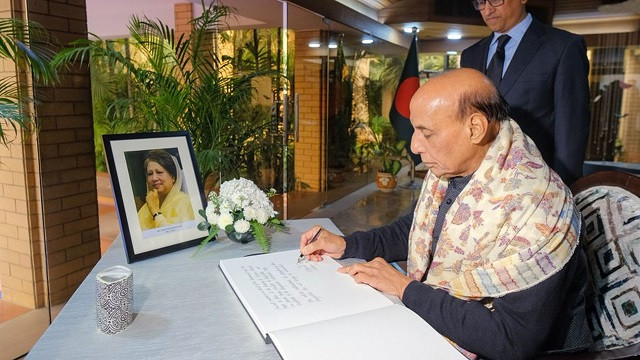
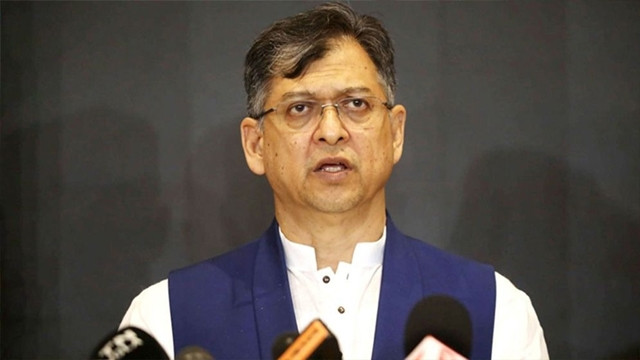
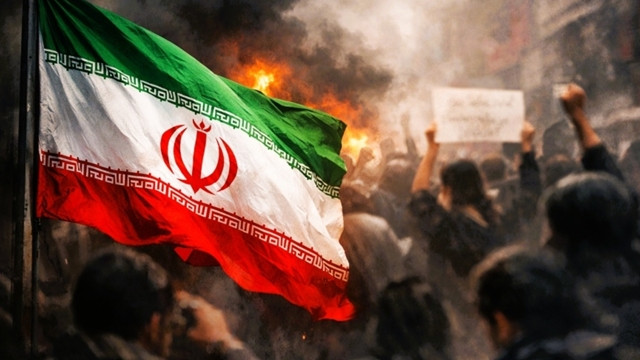

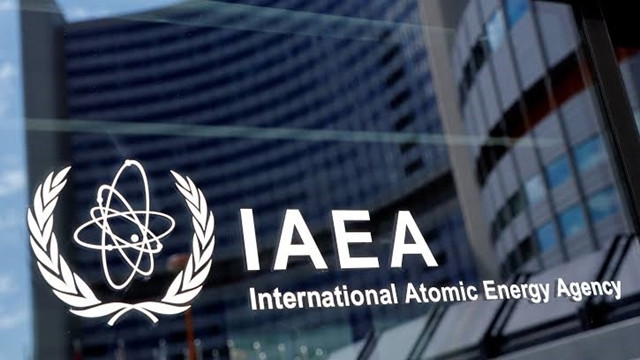






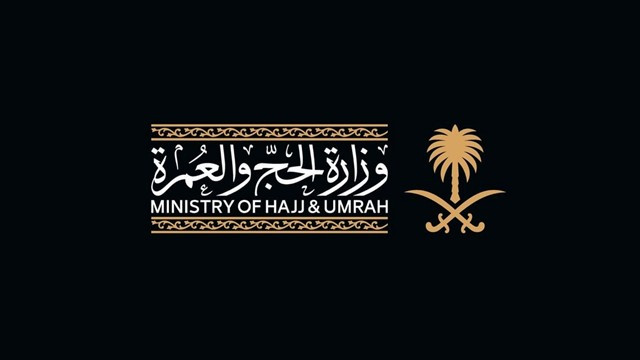
Comments Here: